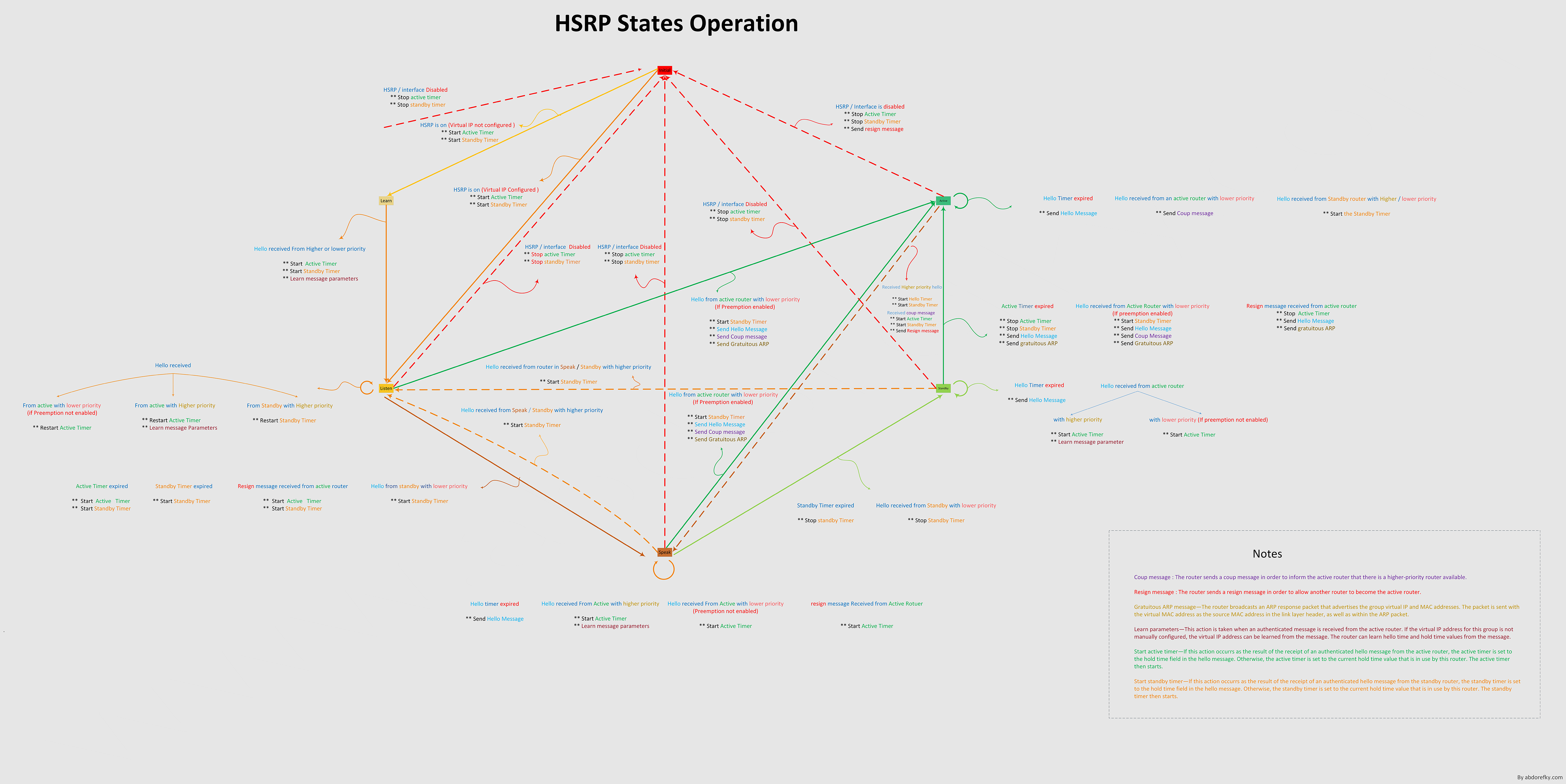

With the above command, one can figure out which Mac address is on which port of catalyst switch. Switch# show mac-address-table | include 0009.aabb.06e9 Or if you know the mac address and want to know which port the mac address is coming from, use the following command Switch# show mac-address-table | include Fa0/5 If you know the switch port you can use the following command Only ports which have the device connected and active will show the mac address detail. mac address of the connected device) and port number. The mac address or CAM table shows the Vlan associated with the port, MAC being learned on the port (i.e.

With the command, you can figure out which MAC address is on which port. (See " Configure Filter Port Security" for more information.Total Mac Addresses for this criterion: 5 To display parameters needed to set up the port security mode, click Configure. The MAC Filter Port Security window contains the security modes for all ports on the device and action buttons ( ). Step 11 Repeat Steps 3 through 10 for each additional filter to be created, or click Cancel to exit the window. The window closes and (eventually) the MAC Address Filter Manager refreshes to show the new filter. Step 10 Click Create to commit the change(s). If not, enter 0 to indicate no remote port, and proceed to Step 10. Step 9 If configured with a remote system, enter the number of the remote exit port. If not, enter 0 to indicate no remote box, and proceed to Step 10. Step 8 If configured with a remote system, enter the number of the remote exit box. Step 7 Enter the local exit ports using the same format as the applied ports. Do not include a space after commas, for example, 1,3,7-11,13 is correct, while 1, 3, 7-11, 13 is incorrect. A combination of individual ports and range of ports, for example, an entry of 1,3,7-11,13 indicates ports 1, 3, 7, 8, 9, 10, 11, and 13.For a range of ports, use a hyphen (-) to denote a range, for example, an entry of 7-11 indicates ports 7, 8, 9, 10, and 11.Do not include a space after commas, for example, 1,3,5,7 is correct, while For individual ports, use a comma to separate the port numbers.Step 6 Enter the applied ports using one of the following formats: If the entered MAC address is on one of these three lists, the Operating. Step 5 Select the filter type, or use the default (source-filter). Note When you enter a client MAC address to be disabled, the Operating System checks that the MAC address is not one of the known Local Net clients ( Local Net Users), Authorized clients ( MAC Filtering), or Local Management users ( Local Management Users) MAC addresses. Note When entering the MAC address, use the following format: The window ( ) contains the same fields as the MAC Address Filter Details window, but differs in the following ways:

(See " MAC Filter Port Security" for more information.) MAC Address Filter Creation Port Security Mode-To display port security information for all ports, click Port Security Mode.(See " MAC Address Filter Creation" for more information.) After values are entered, click Apply to set configuration to the switch. Create-To create a filter, click Create and assign values to the fields.For example, if the list of applied ports exceeds the space in the MAC Filter Manager (denoted by ellipsis at the list end), the MAC Address Filter Details window displays the complete list of ports. The format allows you to see information contained in fields too small in the MAC Filter Manager window.

The information displayed is the same as the, but in a different format.


 0 kommentar(er)
0 kommentar(er)
